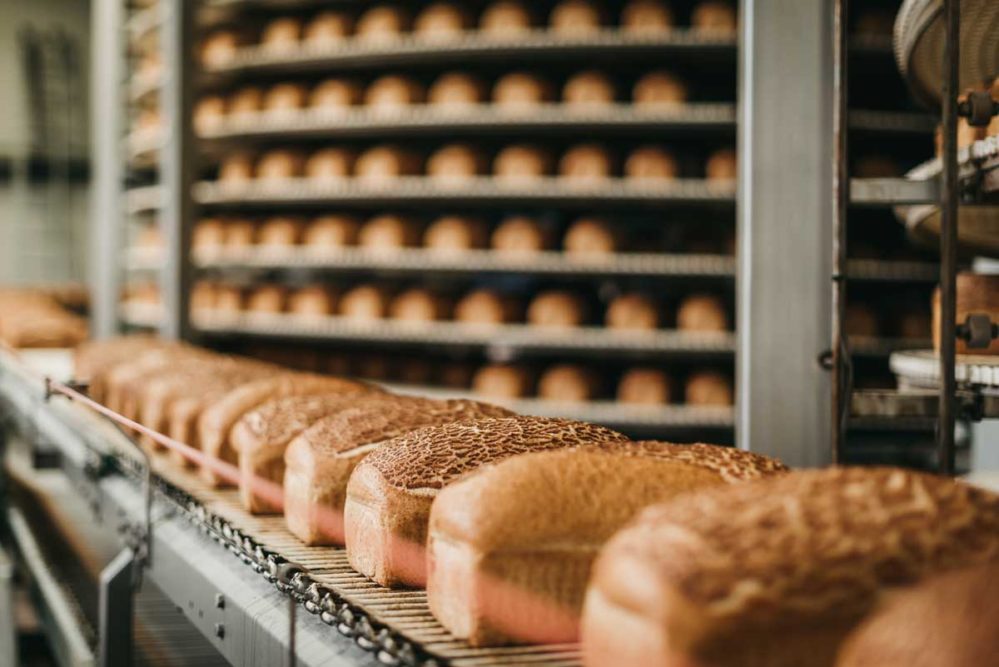Everyone likes finding a hidden treasure, especially one that reaps huge rewards. That’s why Walt Tunnessen, national manager for the US Environmental Protection Agency Energy Star industrial program said the agency started the “Find the Treasure” campaign.
“We are always looking for new ways to promote energy efficiency and engage more manufacturing companies in the Energy Star program,” he said. “Last fall, we launched a new initiative to promote energy treasure hunts, which are a highly effective approach for finding energy savings and establishing energy teams at facilities.”
Mr. Tunnessen added that several baking companies participated in the campaign by reporting the number of treasure hunts they conducted and how much energy savings they found. And despite challenges caused by the pandemic, he described the numbers as “impressive.”
“With the COVID-19 outbreak, it’s been harder for companies to implement treasure hunts,” Mr. Tunnessen explained. “But some companies have found innovative ways to do them, and we’ve captured their learnings in a tips sheet for conducting treasure hunts during the pandemic.”
He pointed out that many no or low-cost operational improvements can be found during energy treasure hunts.
“At most plants, including bakeries, there are usually opportunities to cut energy costs by 10% to 15% through better energy management practices,” he said.
Christopher Wolfe, corporate director, environmental and sustainability for Bimbo Bakeries USA, noted that the Horsham, Pa.-based company always starts with reviewing best practices when searching for energy savings.
“If you implement the latest and greatest technology, but the practices surrounding them are not sound; you miss out on truly great energy efficiency,” he noted. “Some of these practices include, testing and setting lower set points for compressed-air equipment and staging equipment to run in tandem for longevity.”
Margaret Ann Marsh, vice president of sustainability and environmental for Thomasville, Ga.-based Flowers Foods, highlighted lighting and compressed air as two key areas of opportunity for saving energy.
[Related reading: Bakeries follow LEED-ing indicators for sustainability]
Since 2015, more than 30 Flowers bakeries have upgraded to LED lighting.
“Lighting is an easy way to save energy because it’s automatic and doesn’t require changes in workforce behavior or processes,” Ms. Marsh observed. “One of the added benefits of LED lighting levels is the reduction of heat in the bakery.
She described compressed-air systems as one of the most inefficient uses of electricity in bakeries
“When upgrading those systems, Flowers’ corporate engineering team works closely with bakery teams to choose equipment features that will improve energy efficiency while still meeting bakeries’ needs,” she said.
In addition to upgrading to LED lighting, Mr. Wolfe listed other low-hanging fruit for energy management, including installing sensors on lighting and motors that respond to people in a room or products on a line.
“If no one is in a room or product is not on a motorized conveyer line, they shut off until activated by a sensor that detects their presence,” he said.
Mr. Wolfe suggested that projects like solar power, biodigesters to treat wastewater or thermal optimizing equipment for reduced heat and natural gas load require an additional level of review because they are longer term investments.
“We often look to see if they fill a need for a bakery like providing resiliency, helping to eliminate a potential compliance issue or provide necessary equipment upgrades to keep the bakery running,” he said.





